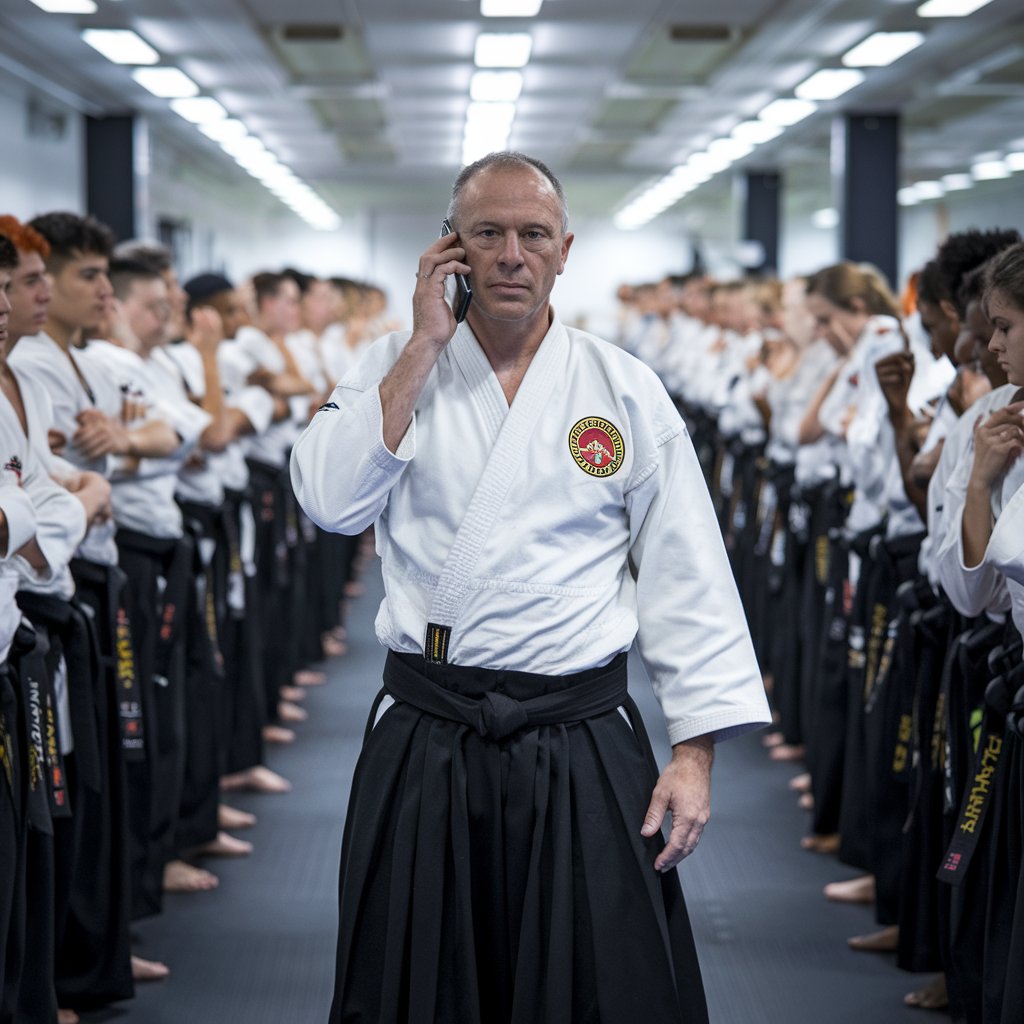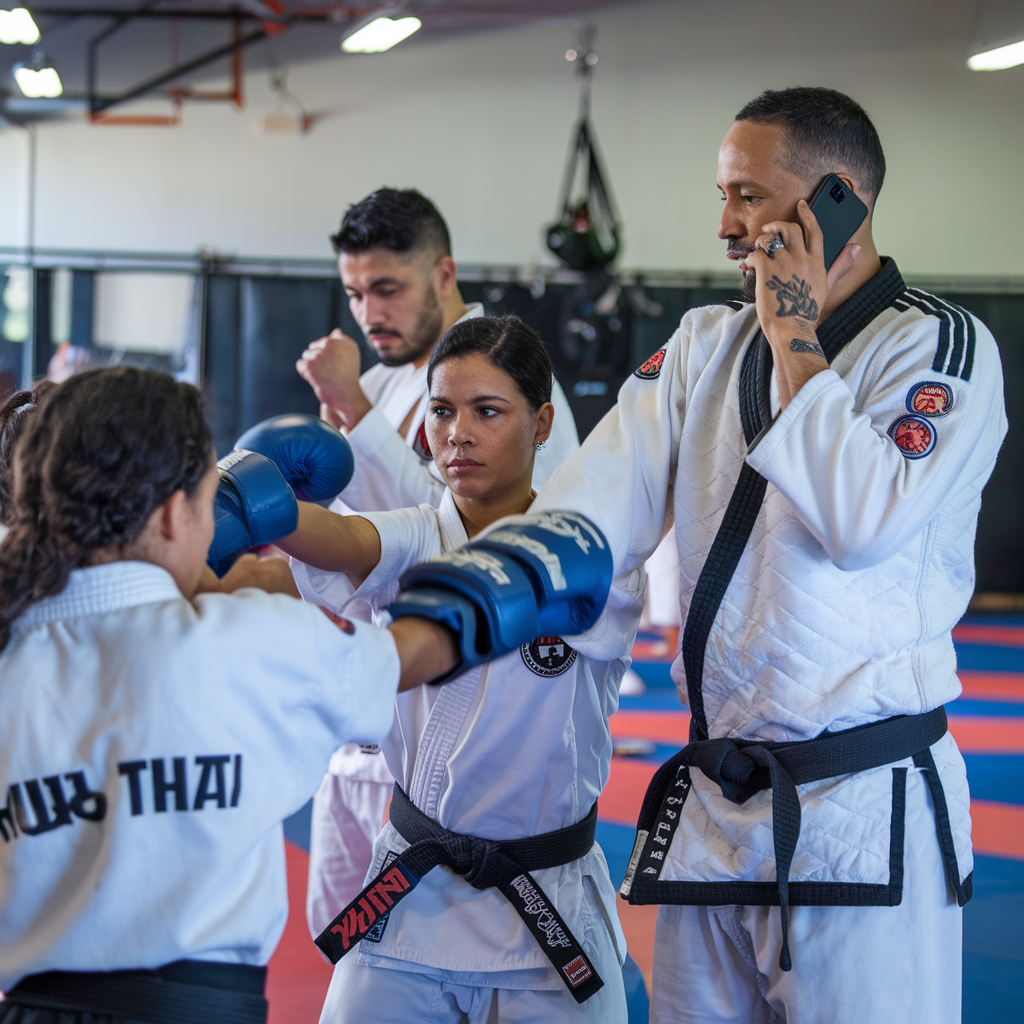
Martial arts are often viewed as physical practices centered on self-defense, agility, and strength. However, beneath the surface lies a profound philosophy that extends far beyond the dojo or training hall. At the heart of martial arts is a commitment to discipline—a foundational principle that shapes not only how practitioners move but also how they think, lead, and stay focused.
The lessons learned through martial arts transcend physical techniques. They mold character, foster mental clarity, and cultivate leadership skills applicable in everyday life. Whether you’re leading a business team, managing personal responsibilities, or striving for self-improvement, the discipline embedded in martial arts offers valuable insights into how to stay focused and lead effectively.
In this article, we’ll explore how the principles of martial arts shape leadership and focus, and how you can apply these lessons to your own life.
1. Discipline: The Foundation of Effective Leadership
Discipline in martial arts is not simply about following rules—it’s about consistency, self-regulation, and a commitment to ongoing growth. In leadership, these same attributes define the most successful and respected individuals.
A. Consistency and Routine
Martial artists understand that true progress comes from regular, disciplined practice. Mastery is not achieved overnight—it is the result of repeated, focused effort over time. Leaders who adopt this principle are better equipped to maintain long-term success.
Example:
A Brazilian Jiu-Jitsu (BJJ) practitioner must show up week after week, refining techniques through countless repetitions. Similarly, a leader who consistently works on improving communication, decision-making, and team development fosters a culture of reliability and trust.
Practical Application:
- Establish daily routines that reinforce productive habits.
- Set specific, measurable goals and track progress consistently.
- Embrace the process of growth, even when immediate results are not visible.
B. Leading by Example
Martial arts instructors do not merely teach—they demonstrate. This principle of leading by example carries over directly into the realm of leadership. A disciplined leader does not ask others to do what they are unwilling to do themselves.
Example:
A karate sensei arrives early, maintains personal practice, and treats students with respect. Similarly, an effective leader embodies the work ethic, integrity, and dedication they expect from their team.
Practical Application:
- Model the behaviors and attitudes you wish to see in others.
- Be consistent in your actions and decisions.
- Show that discipline applies to everyone—including yourself.
2. Focus: Cultivating Mental Clarity and Precision
In martial arts, a lapse in focus can mean the difference between success and failure. This intense requirement for concentration mirrors the demands of leadership. Focus allows leaders to make sound decisions, navigate challenges, and inspire others.
A. Presence in the Moment
Martial artists are trained to stay fully present. Whether executing a form (kata) or engaging in sparring, distraction can lead to mistakes. This ability to stay grounded and attentive is equally valuable in leadership, where decisions must be made with care and awareness.
Example:
A Muay Thai fighter cannot afford to let their mind wander mid-fight. Similarly, a leader who stays mentally present during conversations and strategic planning earns the trust and confidence of their team.
Practical Application:
- Practice mindfulness techniques to improve focus.
- Eliminate distractions when working on critical tasks.
- Engage fully in meetings and conversations—listen actively.
B. Strategic Thinking
Martial arts are not just about physical force—they require tactical thinking. Competitors study their opponents, anticipate moves, and adapt their strategy. This analytical mindset is crucial for leaders making decisions in complex environments.
Example:
A Judo competitor anticipates their opponent’s movements to execute a successful throw. Similarly, a business leader evaluates risks, identifies opportunities, and adapts strategies in response to changing conditions.
Practical Application:
- Take time to analyze situations before acting.
- Anticipate challenges and prepare contingency plans.
- Develop the ability to adapt without losing focus on long-term goals.
3. Emotional Discipline: Managing Pressure and Adversity

Leadership often involves handling high-pressure situations and making tough decisions. Martial arts teach emotional regulation—the ability to remain calm and composed in the face of stress.
A. Resilience Under Pressure
Martial artists regularly train under physical and mental stress. Sparring sessions, competitions, and belt tests push them beyond their comfort zones. This experience builds the emotional fortitude leaders need to navigate crises.
Example:
A Taekwondo black belt facing a high-pressure competition must stay composed and trust their training. Similarly, a corporate leader under pressure must manage stress without compromising decision-making.
Practical Application:
- Develop coping mechanisms to stay calm under pressure.
- View challenges as opportunities to strengthen emotional resilience.
- Foster a mindset of patience and perseverance during difficult times.
B. Controlling Ego
Martial arts emphasize humility. Even the most skilled martial artist knows there is always more to learn. For leaders, this humility prevents arrogance, fosters collaboration, and promotes personal growth.
Example:
A Jiu-Jitsu black belt who loses a match does not view it as failure but as a learning experience. In leadership, acknowledging mistakes and learning from them fosters a culture of openness and continuous improvement.
Practical Application:
- Embrace humility—admit mistakes and learn from them.
- Encourage feedback from colleagues and team members.
- Prioritize team success over personal recognition.
4. Responsibility and Accountability: Owning Your Actions
Martial arts teach a sense of responsibility—both for oneself and others. This principle applies directly to leadership, where accountability is crucial for building trust and integrity.
A. Taking Responsibility for Outcomes
In martial arts, there are no excuses. If a technique fails, the responsibility lies with the practitioner. Effective leaders adopt this same mindset—owning both successes and failures.
Example:
A Kung Fu student who fails a belt test accepts responsibility and works harder to improve. A leader who takes ownership of a failed project models integrity and earns respect.
Practical Application:
- Accept responsibility for your decisions and their outcomes.
- Encourage a culture of accountability within your team.
- Use setbacks as opportunities for growth and learning.
B. Mentorship and Service
Advanced martial artists are expected to mentor beginners. This spirit of service is a powerful leadership principle—effective leaders empower and uplift those they lead.
Example:
A senior martial artist helps a new student master the basics. Similarly, a leader who mentors employees fosters talent and strengthens the organization.
Practical Application:
- Invest time in mentoring and developing others.
- Share your knowledge and support the growth of your team.
- Lead with a mindset of service, prioritizing the well-being of those you lead.
Conclusion: Leadership in Motion
The principles of martial arts—discipline, focus, emotional control, and responsibility—are not confined to the training hall. They form a powerful foundation for effective leadership and sustained focus in all aspects of life.
By adopting the lessons learned through martial arts, you can lead with clarity, inspire trust, and maintain focus even in the face of adversity. Whether you’re leading a team, managing a business, or striving for personal excellence, these timeless values serve as a guiding framework.
Just as martial artists commit to lifelong learning and self-mastery, the best leaders remain dedicated to continuous improvement. The discipline you cultivate in motion will shape not only your professional path but also the legacy you leave behind.
So, whether you step onto the mat or into the boardroom, remember: true leadership is not just about power—it’s about discipline in motion, leading with integrity, and staying focused on what matters most.

